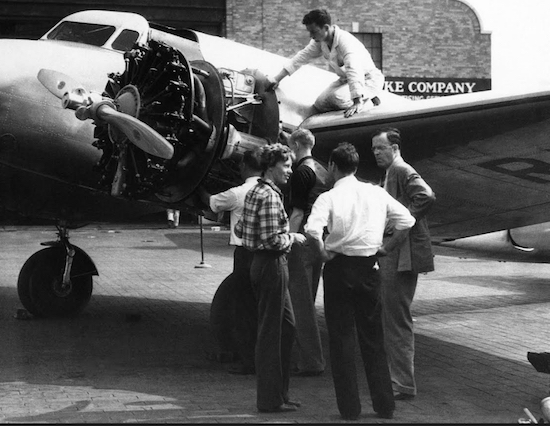Old subway expansion plans for Brooklyn, Queens give glimpse into what might have been

The past few years have seen a lot of excitement surrounding new transit projects.
The first new subway construction in almost 30 years, the extension of the No. 7 line from Times Square to 34th Street-Hudson Yards, was followed by the opening of the first phase of the Second Avenue Subway. Planning is already underway for the Second Avenue line’s second phase, which would bring it north to 125th Street, according to the MTA.
Yet, some subway proposals for Brooklyn and Queens have gone unbuilt for decades. Some have been completely abandoned, others seem to be in a state of permanent limbo. Here are some of the never-fulfilled plans for subway extensions in the two boroughs:

Brooklyn Boro
View MoreNew York City’s most populous borough, Brooklyn, is home to nearly 2.6 million residents. If Brooklyn were an independent city it would be the fourth largest city in the United States. While Brooklyn has become the epitome of ‘cool and hip’ in recent years, for those that were born here, raised families here and improved communities over the years, Brooklyn has never been ‘uncool’.